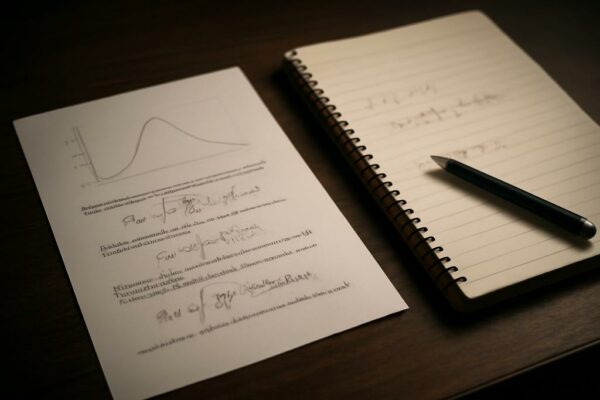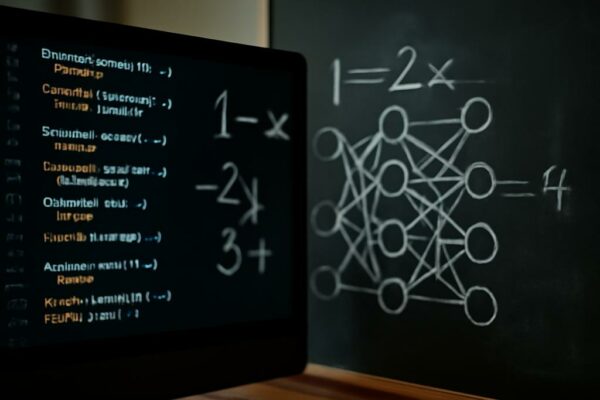
The Hunt for the Perfect Sound Metric Might Fail
In music, the journey from intention to sound is a dance of knobs and ears. An artist tweaks filters, envelopes, and waveforms, chasing a target that only exists in memory—the moment when a synth sounds exactly like what the brain hears. Today’s researchers are teaching computers to join that dance, not by replacing the musician…
























